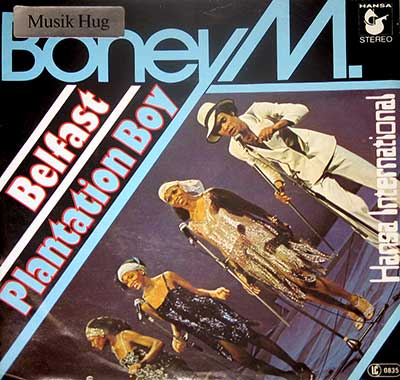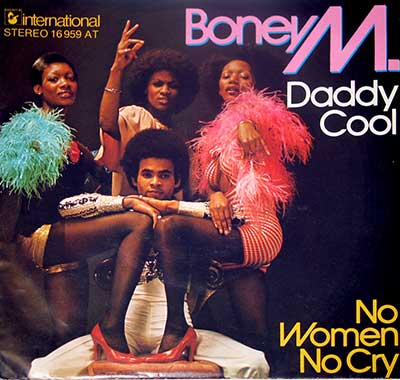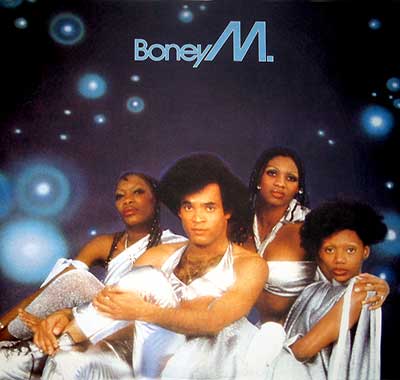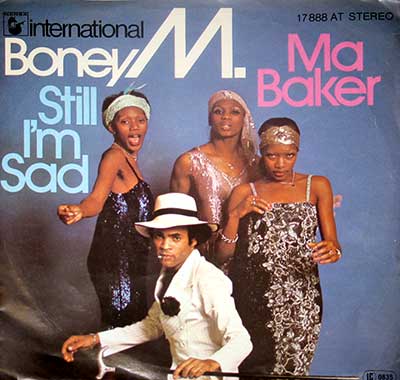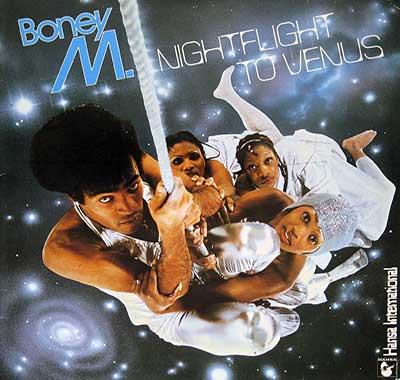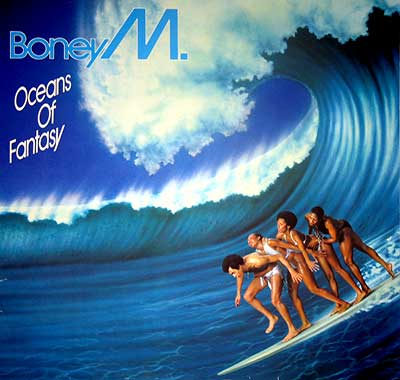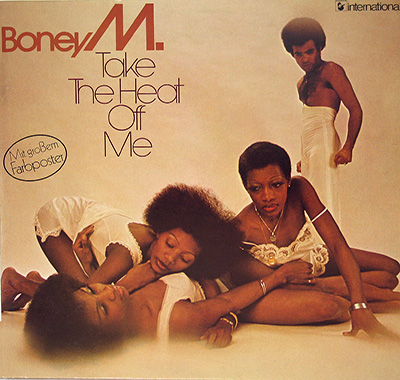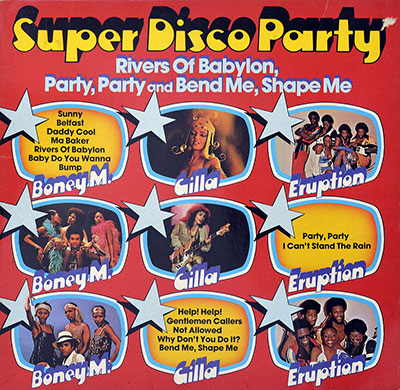Boney M – Oceans of Fantasy Album Description:
Historical Context: The Summer of 1979
In the final summer of the 1970s, as the disco inferno still blazed through dance floors from Munich to Miami, Boney M unleashed their fourth studio album, "Oceans of Fantasy". The world was caught in a vortex of polyester, platform shoes, and politically tinged pop masquerading as carefree escapism. Amidst a sociopolitical backdrop of Cold War tension, energy crises, and post-Watergate malaise, Eurodisco emerged as both a glittering distraction and a hypnotic anthem for unity on the dancefloor.
Genre: Eurodisco with a Cinematic Sweep
This album was Boney MÕs boldest embrace of their Eurodisco DNA, a genre powered by arpeggiated synths, pulsating four-on-the-floor beats, and voices filtered through a glossy haze of studio magic. Tracks like ÒBahama MamaÓ and ÒGotta Go HomeÓ arenÕt just dance anthems Ñ they are theatrical vignettes, scripted with precision, engineered for movement. They live in a liminal space between operetta and rave.
Musical Exploration: From Rebel Ballads to Carnival Kitsch
ÒEl LuteÓ turns the real-life story of Spanish outlaw Eleuterio S‡nchez into a pseudo-folk tale bathed in string pads and emotional harmonies, while ÒIÕm Born AgainÓ serves as a resurrection anthem slathered in religious metaphor. These werenÕt just dance tracks Ñ they were mini epics, complete with narrative arcs and choral grandeur.
Flip to the second side and Boney M plunges further into fantasy: ÒCalendar SongÓ borders on childrenÕs music with its sing-along charm, while the title track, ÒOceans of Fantasy,Ó serves as a utopian soundscape Ñ less about lyrical depth and more about immersive atmosphere. ItÕs a sonic rollercoaster draped in tinsel and adrenaline.
Controversies and Smoke Machines
Boney MÕs biggest open secret was on full display here: the vocal sleight of hand of producer Frank Farian. While frontman Bobby Farrell danced his flamboyant calypso across TV screens, it was FarianÕs voice behind many of the male vocals. The studio was the real stage, and fantasy the bandÕs primary instrument. For some, it was a scandal; for others, a revelation in disco-as-spectacle.
The Production Team: FarianÕs Synth Kingdom
The sonic architect behind the curtain was Frank Farian, a German pop alchemist whose fingerprints are smeared across the entire project. A master of overdubs and stereo tricks, Farian built the album like a theatrical performance Ñ layered with background choirs, brass bursts, dubby echo chambers, and strategic tape edits. Each track is not merely produced Ñ it is choreographed.
Recording Studio: Hansa's Golden Echo Chamber
The album was born inside the Hansa Studios in the Meistersaal, Berlin (a former Nazi ballroom) turned mecca of European pop. ItÕs where the ghost of cabaret kissed the circuitry of modernity. The acoustics are alive with history, and here Farian harnessed that mood to capture an album that sounds both machine-made and deeply theatrical.


